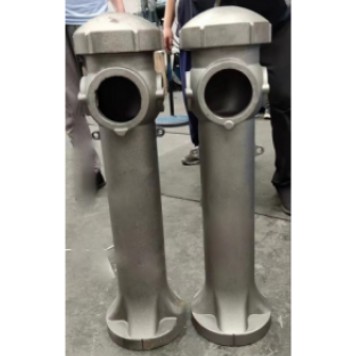Key components of fire protection systems and their proper setup and identification
Fire hydrant castings are an important part of the fire hydrant and a fixed fire-fighting equipment. The main function of fire hydrant castings is to control, isolate and eliminate fire sources to prevent the spread of fire and protect people's lives. In fire protection systems, fire hydrant castings are widely used, including outdoor fire hydrant systems, indoor fire hydrant systems, fire extinguishing systems, etc. Some advanced fire protection systems may also be equipped with automatic sprinkler systems, water cannon systems, gas fire extinguishing systems, fire detection systems, water mist systems, etc. to improve the efficiency and effectiveness of fire response.
1. In public places, such as corridors, halls, etc., fire hydrants should be installed inside the wall for easy use and protection. Regardless of the decoration style, "fire hydrant" should be marked in a conspicuous location so that it can be quickly found in an emergency. At the same time, no obstacles should be placed in front of the fire hydrant to avoid affecting the opening of the fire hydrant door. This is to ensure that when a fire occurs, the fire hydrant can be used quickly and smoothly to extinguish the fire.
2. In some private spaces, such as private compartments, if a fire hydrant is installed, it may not comply with fire protection regulations, because it may hinder the timely rescue of firefighters. When a fire breaks out, firefighters need to quickly enter the scene for rescue. If the fire hydrant is set up in a private space, it may increase the difficulty of the firefighters' rescue and may even delay the rescue time. Therefore, this approach is not recommended.
In general, fire hydrant castings are an indispensable part of the fire protection system. Its setting and use should comply with fire protection regulations. When a fire occurs, it can effectively control the fire source and protect people's lives.





